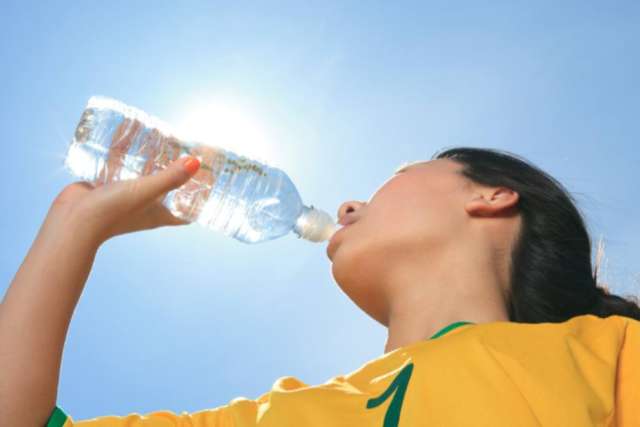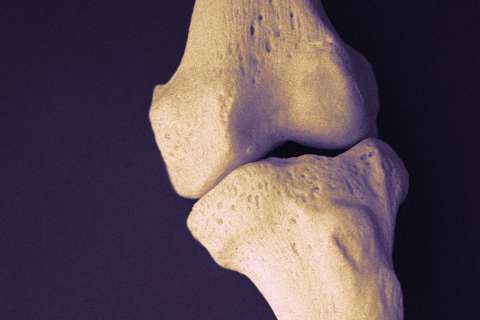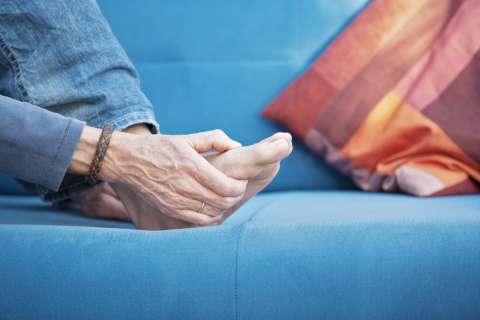Dear Doctor: Can you please explain about heat exhaustion and heat stroke? We helped out some hikers a few weeks ago who got into trouble in the mountains here on a hot day. We’re seeing a lot of inexperienced people on the trails this spring and think this is a useful topic.
Dear Reader: As the weather warms up and pandemic regulations continue to ease, a lot of people are escaping the confines of home and heading into the great outdoors. Unfortunately, it’s easy to underestimate the toll that sun, heat and activity can take on the body. Even on what feels like a mild day, missteps having to do with clothing, terrain, hydration and your level of exertion can turn the sunny weather that drew you outside into a serious health threat.
Heat-related illnesses fall into three categories -- heat cramps, heat exhaustion and heat stroke. The mildest of these are heat cramps, although when you’re experiencing them, “mild” won’t be the first word that comes to mind. They are painful, involuntary muscle contractions that can occur in the calf, thigh, arms or abdomen. Heat cramps are associated with heavy sweating. They can occur during intense physical activity, or in someone exercising beyond their level of conditioning. Someone with heat cramps should move to a shady spot and drink water or a sports drink. Don’t resume activity until the cramps have subsided.
The next step on the heat illness continuum is heat exhaustion. Symptoms include heavy sweating, a rapid pulse that may also be weak or irregular, muscle cramps, nausea or vomiting, headache, dizziness, cold or clammy skin, feeling weak and feeling confused. Unless addressed promptly, heat exhaustion can progress to heat stroke, which is a life-threatening emergency. Someone with heat exhaustion should immediately move to a cooler spot and loosen clothing to allow for air circulation. They should use damp cloths to cool the skin, or immerse themselves -- including the face and scalp -- in cool water. Sip water gradually. Drinking too much may lead to cramps or vomiting.

Someone with heat stroke is at risk of internal injury and even death. Symptoms include hot skin; a rapid, pounding pulse; nausea or dizziness; headache; shallow breathing; confusion or delirium; and a temperature of 103 degrees Fahrenheit or higher. Unlike someone with heat exhaustion, the person with heat stroke will not sweat. Get them to a cool or shady spot and cool their body with water. They urgently need immediate medical care.
We’re repeating ourselves, but it’s important: Heat illnesses arise from high temperature, humidity, direct sun and physical exertion. The first three heat the body from the outside. Exertion heats you from within.
To avoid heat-related illness, plan ahead. Choose activities appropriate for the day’s weather. Wear loose, light clothing, which keeps you cooler than bare skin. Carry plenty of water, and drink it in moderation -- you don’t want to over-drink. Rest in the heat of the day. Wear a hat and sunglasses. (Some people shade themselves with umbrellas.) Use salty snacks or sports drinks to help replace lost electrolytes. And never ignore the signs of heat illness, in yourself or your companions.
(Send your questions to [email protected], or write: Ask the Doctors, c/o UCLA Health Sciences Media Relations, 10880 Wilshire Blvd., Suite 1450, Los Angeles, CA, 90024. Owing to the volume of mail, personal replies cannot be provided.)





